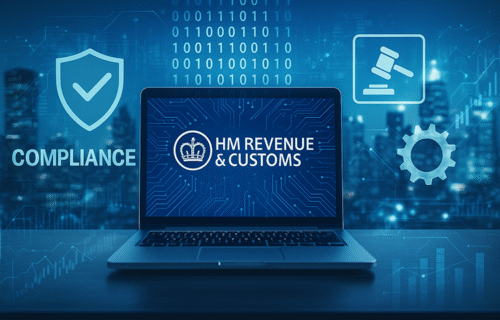The latest UK Tax Disputes Digest outlines a period of rapid change and heightened scrutiny within the British tax system, as HM Revenue & Customs (HMRC) strengthens enforcement, embraces new technologies, and prepares for a series of legislative reforms that will expand its authority.
The report signals that HMRC is entering a more assertive phase, equipped with greater resources and digital tools to identify non-compliance earlier. Thousands of new compliance and debt management officers are being deployed following fresh funding from the Treasury, extending HMRC’s capacity to monitor corporate activity well into the next decade.
Among the most notable shifts is the tax authority’s use of data-driven analytics and artificial intelligence to detect anomalies in filings before they escalate into formal investigations. This approach reflects a broader move toward prevention rather than reaction, as HMRC seeks to resolve disputes at an earlier stage.
A series of recent court rulings has also reshaped the boundaries of corporate tax law. Decisions from the UK’s higher courts have reaffirmed HMRC’s ability to challenge transactions deemed primarily designed to gain tax advantages, particularly where loan structures or cross-border arrangements lack genuine commercial purpose. The message to companies is clear: documentation and transparency are now central to any successful defence.
At the same time, the government is advancing a raft of policy updates affecting areas such as crypto assets, pension schemes, and tax advisory regulation. From 2026, digital asset exchanges will be required to report transactions under a new global framework, while employers managing pension funds will benefit from clarified rules on VAT recovery.
The forthcoming Finance Bill will go further, introducing mandatory registration for tax advisers, new penalties for undisclosed avoidance schemes, and extended powers for HMRC to access data from connected entities. These steps reflect the government’s determination to modernise the UK’s tax framework and close long-standing loopholes.
Behavioural strategies also remain central to HMRC’s compliance strategy. The authority continues to send “nudge” letters encouraging taxpayers to voluntarily correct discrepancies in their returns. These letters, supported by increasingly sophisticated data-matching systems, are seen as a way to encourage self-disclosure before enforcement action begins.
Despite the tougher stance, the digest notes signs of stability across parts of the system. The backlog of pandemic-era disputes has eased, and settlement rates have improved as digital channels accelerate communication between HMRC and taxpayers.
Tax professionals, however, warn that the pace of reform may challenge smaller businesses and advisers. The shift to full digital correspondence by 2030 will demand significant adaptation, especially among firms less familiar with AI-assisted systems.
The picture that emerges is one of an evolving tax authority — more data-driven, more proactive, and less tolerant of grey areas. For corporations and advisers alike, the priority is shifting from retrospective defence to anticipatory compliance, as HMRC seeks to balance enforcement with efficiency in a fast-digitising economy.
Source: CMS
